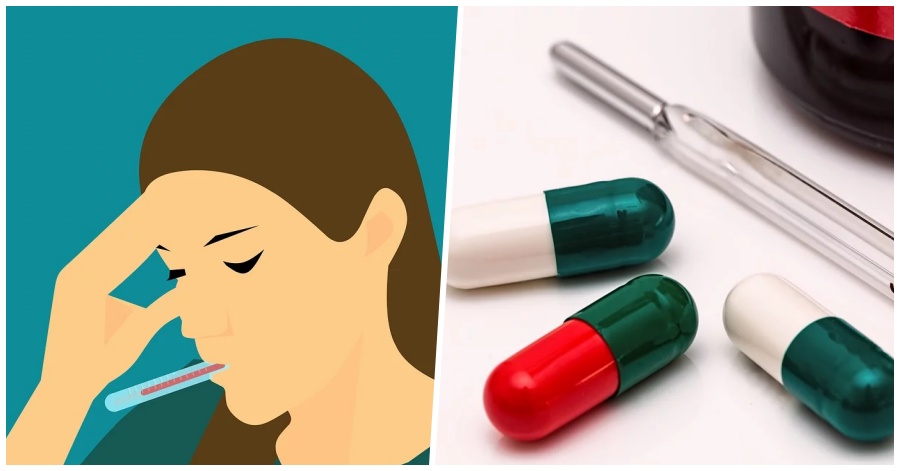As the cases of COVID-19 continue to rise in many countries including the Philippines, the fear of local or community-based transmission is driving fear among citizens which is resulting to mass hysteria in the form of panic buying and droves of people leaving for their provinces, which could all the more aggravate the spread of the coronavirus, if not addressed properly.
In line with this, the World Health Organization (WHO) has outlined certain measures to help communities deal with the developing situation.
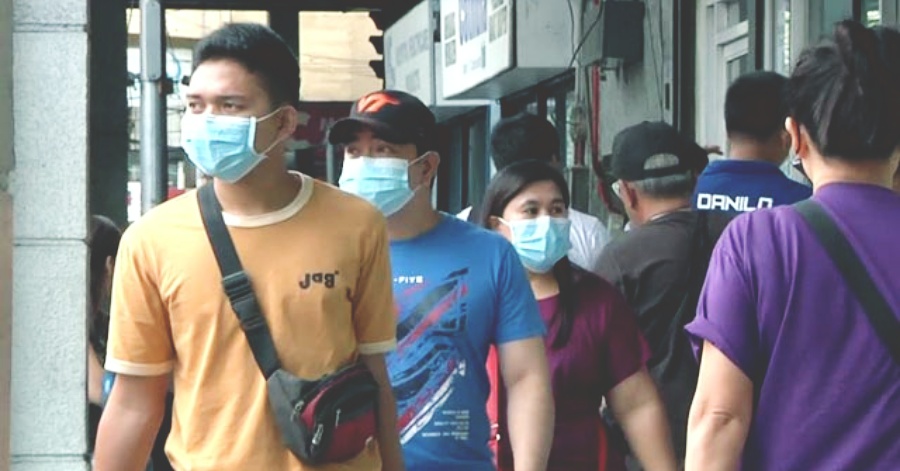
Measures to Prevent the Spread of COVID-19 in Communities
The first and most important goal of the WHO and national governments is to minimize serious illness and overall deaths, and second to minimize societal disruption among citizens.
To achieve this, effective communication and public health measures must be strictly set in place.
In this post, we are going to highlight certain measures (individualized and community-based) to better manage the ongoing situation and to meet national goals set by the government in terms of the COVID-19 outbreak:

1. Religiously practice strict hand hygiene.
This refers to hand washing with soap and water or hand sanitizing with alcoholic solutions, gels or tissues to maintain clean hands and fingernails. This should be performed frequently with soap and water for at least 15-20 seconds:
- Before and after preparing food;
- Before and after eating;
- After using the toilet;
- After coughing or sneezing into a tissue (or if non-compliant with respiratory etiquette)
- Before and after using a surgical/procedure mask and after removing gloves;
- After handling body fluid-contaminated waste or laundry; or
- Whenever your hands are visibly dirty.
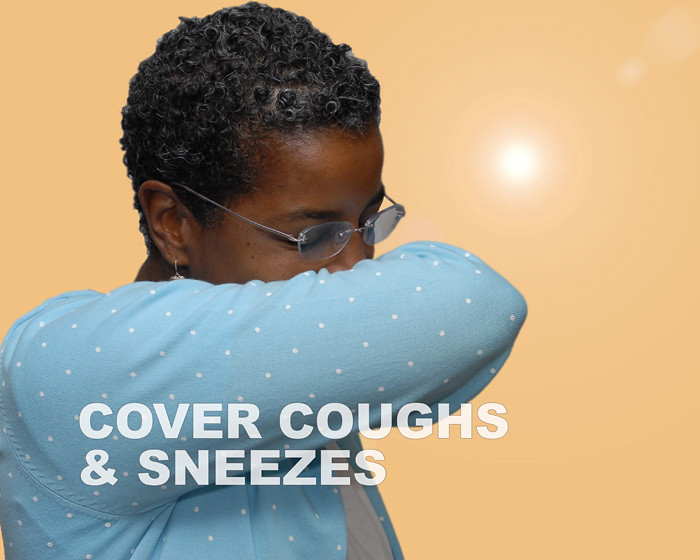
2. Observe respiratory etiquette.
This covers a combination of measures intended to minimize the dispersion of large-particle respiratory droplets when an ill person is coughing, sneezing and talking to reduce virus transmission.
This is done by:
- Covering coughs and sneezes with a surgical/procedure mask or tissue. Dispose of tissues in a lined waste container and perform hand hygiene immediately after a cough or sneeze.
OR
- Coughing/sneezing into the bend of your arm, not your hand.
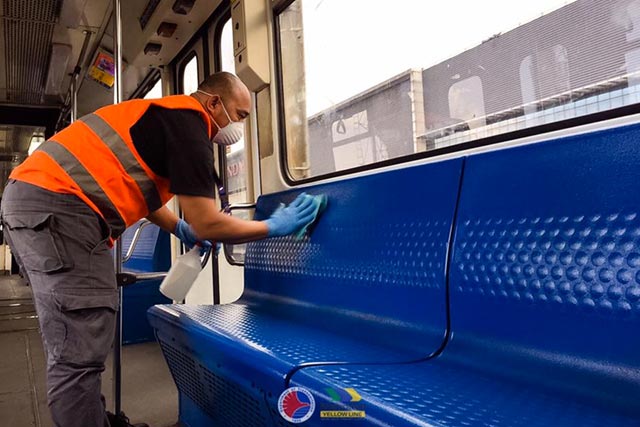
3. Observe environmental cleaning and ventilation.
This refers to routine cleaning or disinfecting of frequently used surfaces and objects to help to prevent the transmission of COVID-19 to help to mitigate the risk of people becoming infected through self-inoculation after touching contaminated surfaces.
- Cleaning the home and co-living setting: Frequently used or touched areas such as toilets, bedside tables, light switches, and door handles should be first cleaned (to physically remove dirt) and disinfected daily with water and regular household cleaning products or a diluted bleach solution (0.5% sodium hypochlorite). Also if they can withstand the use of liquids for disinfection, the following frequently used items or gadgets should also be cleaned or disinfected:
- Telephones or mobile phones
- Computers
- Remote controllers
- Other frequently used gadgets
- Cleaning public places: As much as possible, avoid going to high-traffic public places (e.g. malls, airports, public transportation), but for administrators, it is necessary to observe regular cleaning and disinfecting regimes, both in terms of products used and surfaces targeted, as it is not likely practical/sustainable to increase the frequency of cleaning. Furthermore, community settings are encouraged to develop protocols for cleaning public spaces if they currently do not have an established cleaning routine. This extends to workplaces, as well.
Additionally, though evidence is limited as to its effectiveness, increasing ventilation (e.g. opening windows when weather permits) may help reduce transmission.
Simulation studies show that increased ventilation was shown to reduce influenza transmission and is usually simple and feasible in many locations.

4. Practicing social distancing.
This refers to measures and approaches taken to minimize close contact with others in the community and include the following:
- Isolation – This is recommended for a symptomatic individual that is suspected of having, or known to have, COVID-19.
- Voluntary Quarantine (Self-isolation) – this is recommended for an asymptomatic person when they have a high risk of exposure to the virus that causes COVID-19.
- Protective Self-separation – this is recommended for a person who is at high-risk for severe illness from COVID-19 (e.g., older adults, those with chronic underlying medical conditions or immunocompromised)
- Voluntary avoidance of crowded places – is recommended for a person who is asymptomatic and who is considered to have had a medium risk of exposure to the virus that causes COVID-19.
- Mandatory Quarantine – this is the imposed separation or restriction of movement of individuals, groups or communities, for a defined period of time and in a location determined by the local and/or national government.
5. Self-monitoring.
This is implemented when individuals are potentially exposed to the virus and include monitoring for the occurrence of symptoms compatible with COVID-19. If symptoms develop, the individual should follow the recommended public health actions regarding recovering from home versus seeking medical care, depending on the severity of symptoms and the presence of underlying medical conditions.
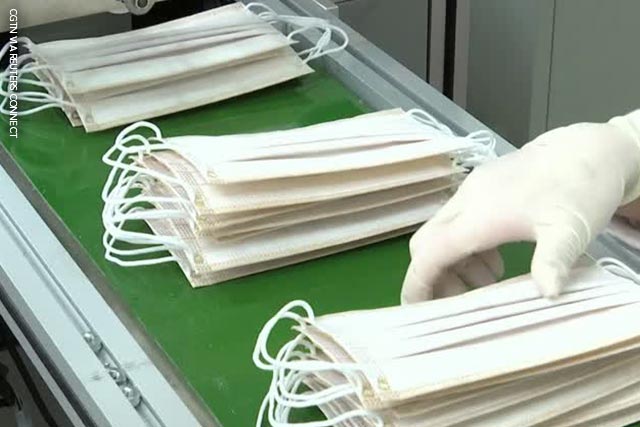
6. Use of Masks.
The use of a mask is advised for a symptomatic individual, if available, to provide a physical barrier that may help to prevent the transmission of the virus by blocking the dispersion of large-particle respiratory droplets propelled by coughing, sneezing and talking.
The use of a face mask must be combined with other measures such as respiratory etiquette and hand hygiene.
They can be worn by people suspected or confirmed of having COVID-19 when in close contact with other people in the home-setting or if they must leave the home-setting for medical attention.
Because there is no evidence on the usefulness of face masks worn by healthy/asymptomatic persons as a mitigation measure, therefore it is not recommended. Globally, there is a shortage in the supply of masks and the current demand for masks cannot be met; therefore, appropriate use of face masks should be encouraged.
Through public education and open communication channels, we can promote and support the implementation and adoption of public health measures at the individual and community levels.
For citizens, it is important to observe safety and health guidelines to prevent the spread of the virus within communities, cities, and in an entire nation.
And part of our responsibility is to spread relevant and accurate information from trusted sources so as not to spread (if not the virus) fear and divisiveness among our countrymen through misinformation.
ALSO READ: 9 Tips for Travellers to Prevent the Spread of COVID-19
